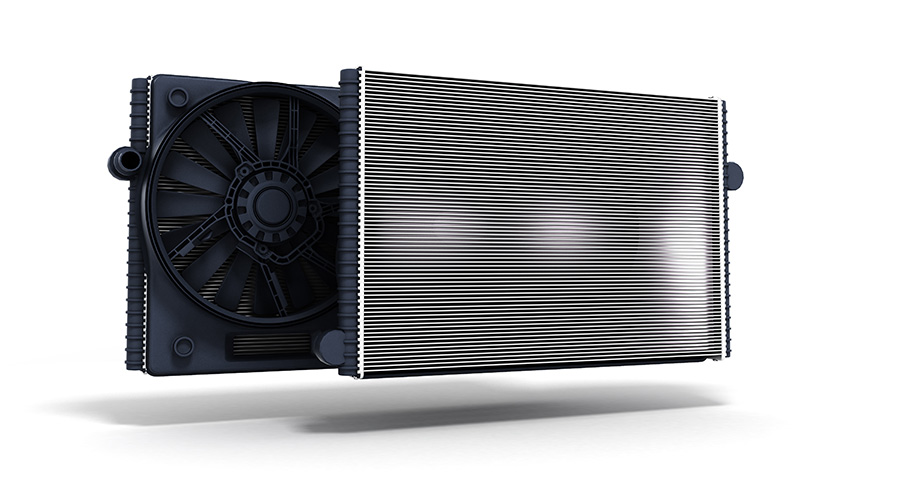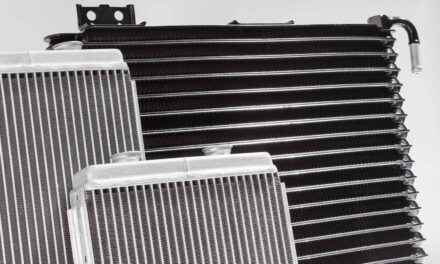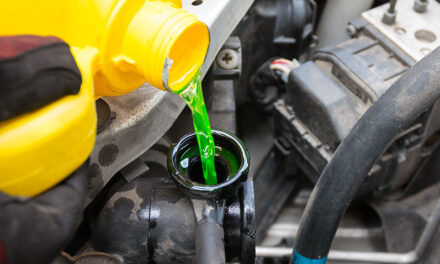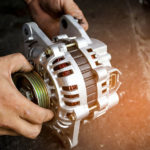Did your car overheat due to a failed radiator? It might be tempting to grab the first one you find at a low price, but choosing the right radiator ensures that your engine will continue to operate at peak performance for as long as possible. Use these quick facts to find the right replacement part designed to slide into the spot while effectively cooling your engine.
Size Matters
When shopping for your radiator, your first concern is that it will fit into the space designed for it. While using the OEM part number will match you up with the right replacement part, it is also a good idea to measure the width, height, and depth of yours. Also, the larger the radiator, the better it will cool the engine as it will have a larger surface area to exchange the heat. If you find a smaller part, that may lead to trouble. On the other hand, a small engine does not require as much cooling ability as a six or eight-cylinder motor.
Check the Number of Rows
A radiator is made of many aluminum fins with a pipe carrying coolant running through the fins. The more fins and pipes that you have in a radiator, the more effective it will be at cooling your engine. It is pretty easy to count the rows of fins and pipes in your existing radiator. If you are looking to improve overall performance, you will want a replacement radiator that fits in the same space but may include an extra row of fins.
Hoses Must Match
If you ordered a direct-fit replacement radiator, then the hoses should connect to the new part properly. If you are ordering a slightly different radiator, you will need to double-check the diameter of the connection points. An improperly sized hose and connection can result in leaks or restrict the flow of the coolant–both can damage your engine. Once you are done choosing the right radiator, it is still a good idea to order replacement hoses at the same time. They do wear out over time.
Crossflow vs. Downflow
One of the more common specs found on radiators is whether they are a crossflow or downflow design. It is rare that you will be able to replace one style with the other. Crossflow radiators have tanks for the coolant fluid on either end of the central block and the fluid flows across the radiator. They tend to have a rectangular shape. The downflow radiators are more square or upright in shape and the tanks are placed at the top and bottom of the part. Mounting points and hose connection points are different for each type.
For the fastest and most effective radiator replacement, match the type and size of the radiator so that it is able to be bolted in place without having to bend or damage the mounting points. Check out AutoPartsU for quick installation tips and reviews on quality replacement parts and radiators.














